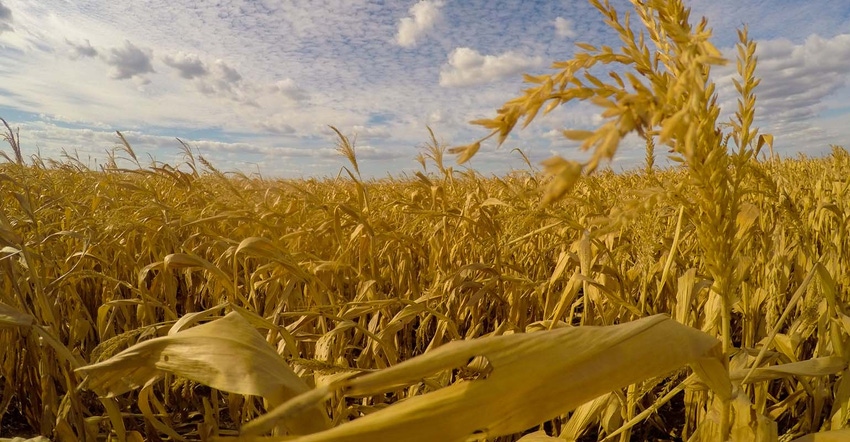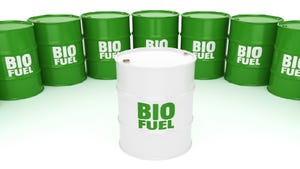October 14, 2020

The signup period for the Agriculture Risk Coverage and Price Loss Coverage programs for the 2021 crop year opened Oct. 13 and ends March 15, 2021.
These programs help producers weather fluctuations in either revenue or price for certain crops, and more than $5 billion in payments are in the process of going out to producers who signed up for the 2019 crop year.
“Although commodity prices are starting to show a glimmer of improvement, recent depressed prices and drops in revenue compounded by the effects of the pandemic have seriously impacted the bottom line for most agricultural operations,” said Richard Fordyce, Farm Service Agency administrator.
ARC provides income support payments on historical base acres when actual crop revenue declines below a specified guaranteed level. PLC provides income support payments on historical base acres when the effective price for a covered commodity falls below its reference price.
Covered commodities include barley, canola, large and small chickpeas, corn, crambe, flaxseed, grain sorghum, lentils, mustard seed, oats, peanuts, dry peas, rapeseed, long grain rice, medium and short grain rice, safflower seed, seed cotton, sesame, soybeans, sunflower seed and wheat.
2021 elections and enrollment
Producers can elect coverage and enroll in crop-by-crop ARC-County or PLC, or ARC-Individual for the entire farm, for the 2021 crop year. Although election changes for 2021 are optional, enrollment (signed contract) is required for each year of the program. If a producer has a multi-year contract on the farm and makes an election change for 2021, it will be necessary to sign a new contract.
If an election is not submitted by the deadline of March 15, 2021, the election defaults to the current election for crops on the farm from the prior crop year.
For crop years 2022 and 2023, producers will have an opportunity to make new elections during those signups. Farm owners cannot enroll in either program unless they have a share interest in the farm.
2019 crop year ARC and PLC payments
FSA began processing payments last week for 2019 ARC-County (ARC-CO) and PLC on covered commodities that met payment triggers on farms enrolled for the 2019 crop year. In addition to the $5 billion now in process, FSA anticipates it will issue additional payments by the end of November for 2019 commodities covered under ARC-Individual (ARC-IC) and additional commodities that trigger PLC and ARC-CO payments for which rates have not yet been published.
Producers who had 2019 covered commodities enrolled in ARC-CO can visit the ARC and PLC webpage for payment rates applicable to their county and each covered commodity. For farms and covered commodities enrolled in 2019 PLC, the following crops met payment triggers: barley, canola, chickpeas (small and large), corn, dry peas, grain sorghum, lentils, peanuts, seed cotton and wheat.
Oats and soybeans did not meet 2019 PLC payment triggers.
2019 PLC payment rates for the following covered commodities have not been determined: crambe, flaxseed, long and medium grain rice, mustard seed, rapeseed, safflower, sesame seed, sunflower seed and temperate Japonica rice. Payment rates for these commodities will be announced at a later date.
Web-based decision tools
In partnership with USDA, the University of Illinois and Texas A&M University offer web-based decision tools to assist producers in making informed, educated decisions using crop data specific to their respective farming operations. Tools include:
Gardner-farmdoc Payment Calculator, the University of Illinois tool that offers farmers the ability to run payment estimate modeling for their farms and counties for ARC-County and PLC.
ARC and PLC Decision Tool, the Texas A&M tool allows producers to analyze payment yield updates and expected payments for 2021. Producers who have used the tool in the past should see their username and much of their farm data already available in the system.
Source: USDA, which is solely responsible for the information provided and is wholly owned by the source. Informa Business Media and all its subsidiaries are not responsible for any of the content contained in this information asset.
You May Also Like




